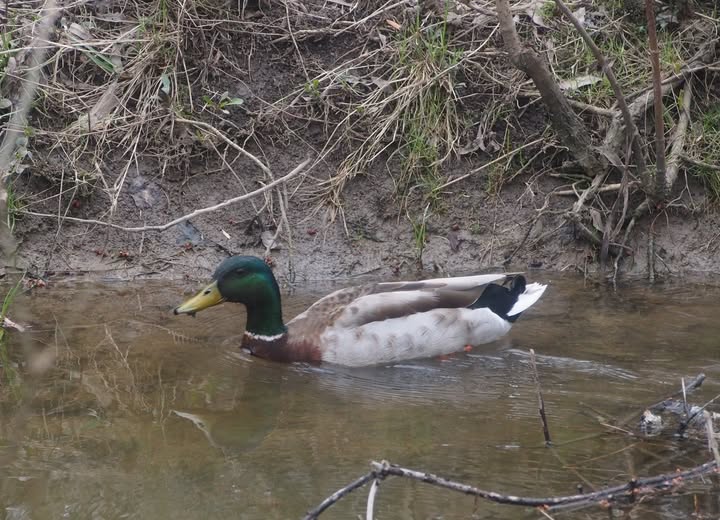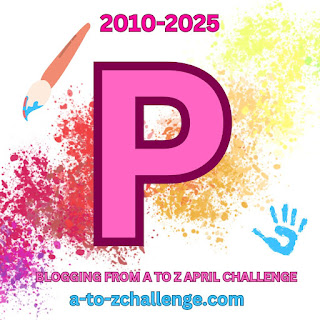April is National Poetry Month, which I didn’t know until I started reading Vidya Tiru’s postings for the two blogging challenges that we are both participating in. Vidya writes about a different type of poetry every day, and she also includes a complete lesson plan for teachers who want to offer lessons in poetry. Her lessons are generally geared toward third to about sixth grades, and they are very complete. The poetic forms that Vidya introduces are a great way to help students express themselves.
So, in reading Vidya’s blog posts, I had to attempt to write poems. It felt like a challenge, and I said yes to the challenge. Below are a few of those poems.

Greek yogurt, creamily rich
With raisins and nuts,
Cinnamon and honey mixed in
Why not pumpkin seeds?
In my favorite bowl
Breakfast joy
Yum!
This poem has to be about food. and you have to count the syllables. They alternate, mostly between seven and five, with the concluding lines being shorter. Who could not want to write a food poem?
Fib poem
Yes?
No?
Story?
Tell it, please.
Will it be magic?
Or will it be a mystery?
Is it an epic poem of acts of chivalry?
Will the story grow wackier and more embellished with every single retelling???
I can hardly wait to hear you recite all those words.
It will be better than TV
On a rainy day
With pop corn
A drink
Yes!
Yes?
A fib poem is based on the fibonacci sequence of numbers, except that it doesn’t start with zero because I really don’t know how to write zero syllables. So, the fibonacci sequence goes like this: 0, 1, 1, 2, 3, 5, 8, 13, 21, 34, 55, 89, 144, and on and on, probably forever. For a poem, the number of syllables would come to an end or the poem would be too verbose and unreadable. The idea is to choose something as the largest number of syllables that you want to write and then to work backwords until you get to one (for the second time). In this poem, the longest line has twenty-one syllables. It was fun to write and, of course, there was food in the poem.
Daffokitty
Hyacat
On a chilly late April afternoon
Something odd happened in my neighbor’s yard
How could this oddity be possible
The bewhiskered plants began to meow
What had been leaves resembled kitty paws
My neighbor spotted me looking confused.
“This sweet beauty is a daffokitty,”
the neighbor said, “and there’s a hyacat.”
Should I take my cat out to meet these plants
Or would she still think they were mere taste tests?
This third poetic form involves using made-up words. I chose to combine cats with gardens, and so, my two made-up words are daffokitty and hyacat. I wrote this poem in blank verse. The format of blank verse is that the poem is unrhymed and it has to have the same number of syllables in each line. I chose t0 syllables per line.
I hope that you’ve had fun with this sample of poems. And I hope that you will give poetry writing a try.

Alice, structuring poems is beyond me. So I admire you writing them. But I love your poem about the yogurt.
Thank you, Kebba! Yes, food poems are always fun and they give me an appetite, too (um, more of an appetite, lol).
Alice, I RSVPed yes, and here I am! Thank you, and you are a poet! I forgot to mention earlier when you wrote the poem in my comments, but love the word daffokitty (am picturing it and it is, as the ad says, priceless!)
Thank you for motivating me to write all of this poetry! I am so happy that you like “daffokitty,” which could be a cute name for a cat! I am looking forward to having more poetic adventures with you! Next year, I will try participating in NaPoWriMo!!
Since reading Vidya’s posts, I’m amazed at the different types of poems. And your poems are awesome also! I can write a poem with every other line rhyming but that’s about my limit.
Every other line rhyming is really good, Martha. I find rhyming to be difficult, which is why I chose to write blank verse, as opposed to a poem with a rhyming scheme. When I think about choosing rhyming words that make sense in the context of the poem, I get the urge to bop myself on the head, like little rabbit fufu!
These are fantastic as well a being types of poetry I’ve never heard of before! Congratulations on challenging yourself and rising to the occasion!
Thank you so much, Melissa. It has been a bit challenge, as well as a lot of fun!
The structured poems have a visual appeal.
I spent the most time exploring the Fibonacci poem.
My favourite style is the limerick.
blog on!
I love limericks, too. They sound musical and they look good, too. Plus, limericks are designed to be funny, which I love.
Blog on, Doug!
I love the food poem! NaPoWriMo is a great way to experiment with poetry. Structured poems are my favorite kind. There’s something about picking words for the syllable count and rhyming. 😀
Thank you so much, Srivalli. This has been such an interesting experiment. I too love structured poems and picking words in such a way!
Lovely poems Alice. Although, I have been writing poetry all my life, I get tripped up when it comes to different styles and types. I pretty much sick to freestyle and rhyming poetry.
Thank you so much, Brenda!!
Beautiful Duck. The Poens was cute and almost made me want to try and write a Poem or two with my son.
that would be a fun activity for you and your son.
These are wonderful poems! And yay you for taking up the challenge. I believe we’re all poets at heart, and all poems in our lives, so why not speak our native language?